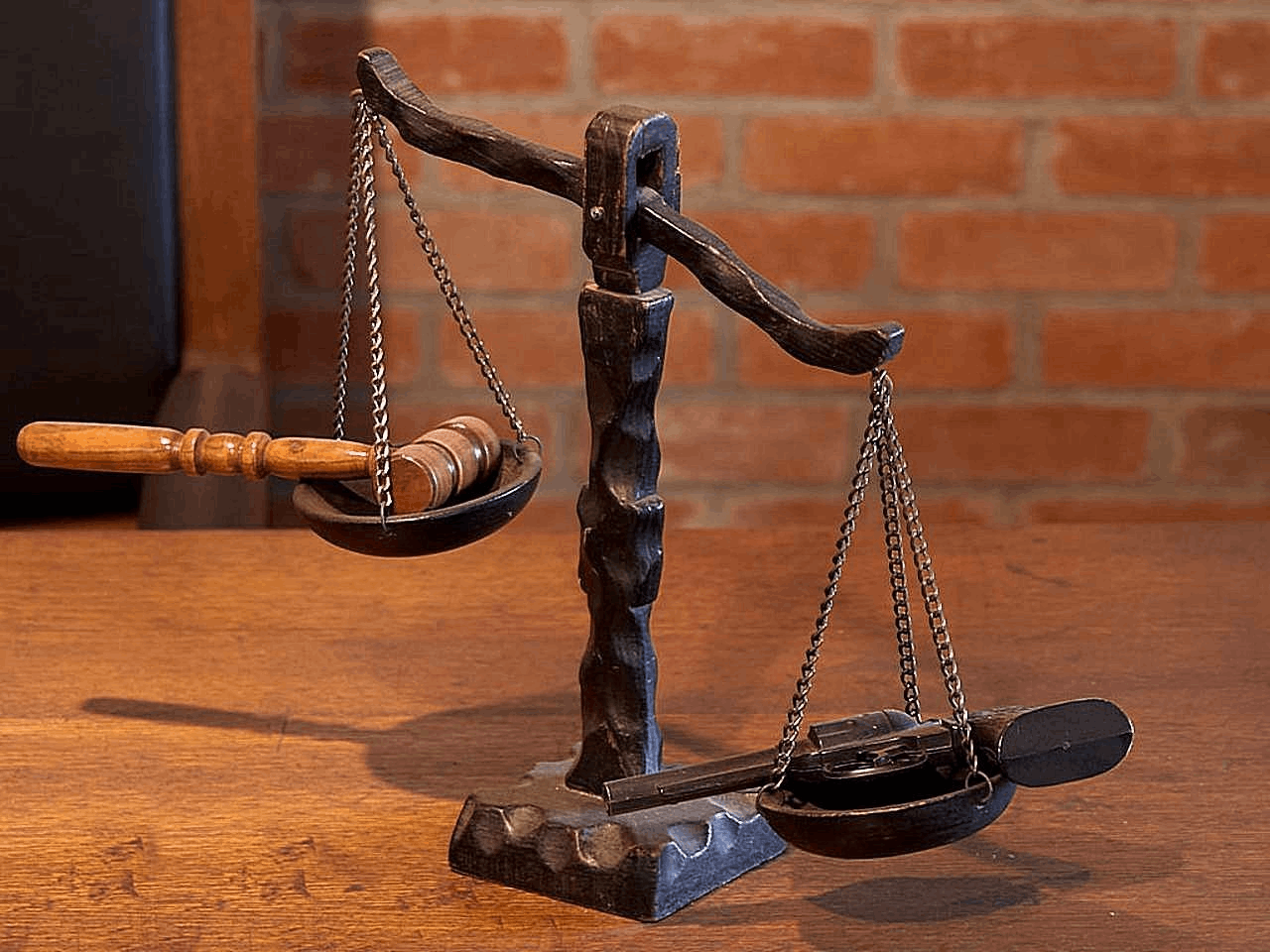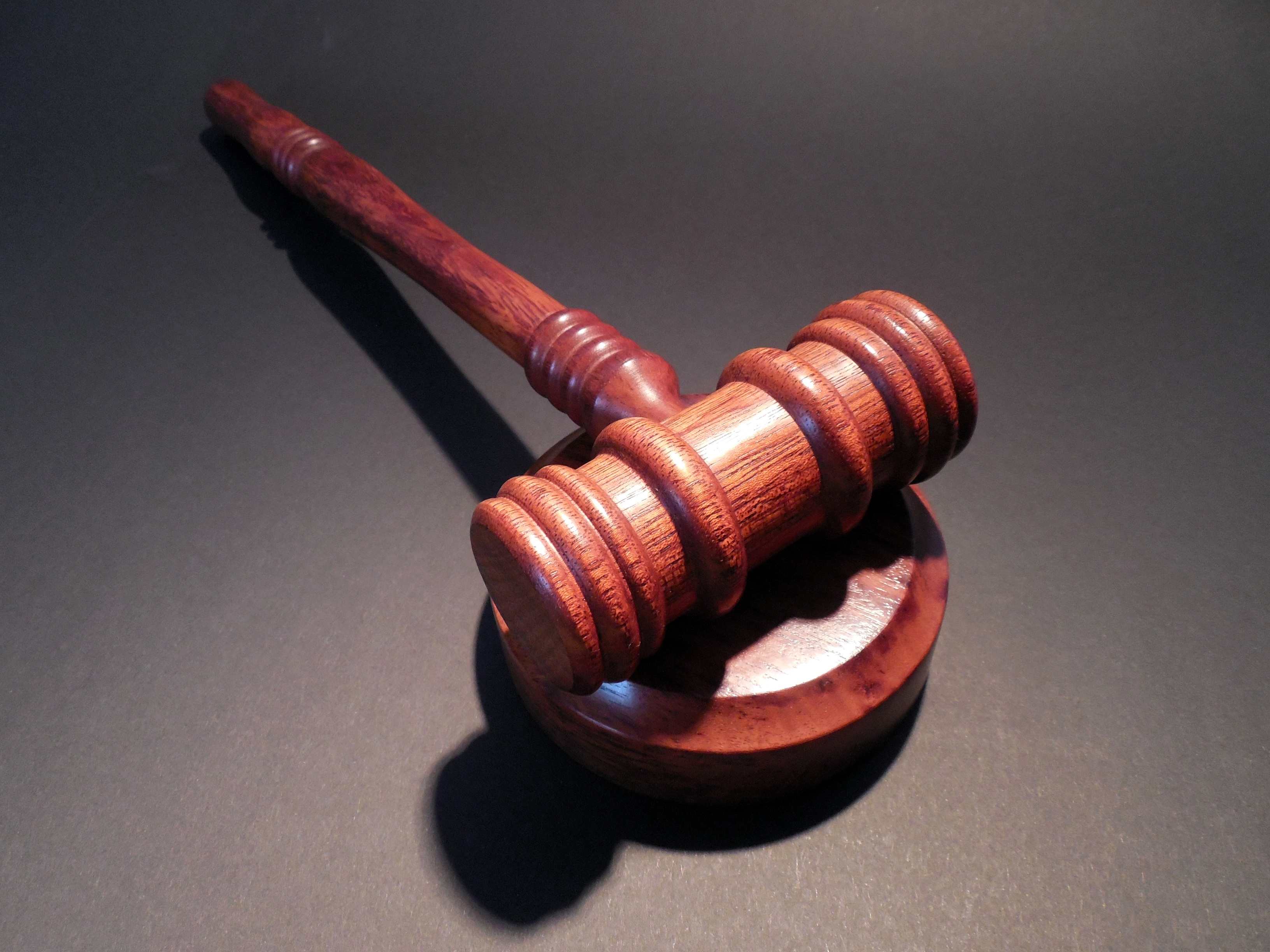No two personal injury cases are the same; each has its own individual steps. However, all follow certain general guidelines.
First, the claimant must prove that another party was to blame for any harm they experienced. This can be accomplished by providing sufficient evidence that their defendant acted inappropriately.
Duty of care
Duty of care is an essential concept in personal injury lawsuits. This concept describes the responsibility that certain parties owe others by acting reasonably to avoid causing them harm; drivers owe it to other road users by driving safely; property owners have an obligation to guests and trespassers to maintain reasonably safe premises; when someone is injured by negligence of others, it must be demonstrated that they owed such duties but failed to fulfill them; when filing a personal injury claim it must also show this evidence against defendant.
To establish a duty of care, your attorney must demonstrate that the negligent party had some legal connection or relationship to you and was legally obliged to protect against reckless actions that may cause injuries. Jurors will judge their conduct by what an ordinary reasonable person would do in similar situations; so for instance if you buy and use a lawnmower correctly as recommended by its manufacturer you don’t need to show they acted negligently or with malicious intent.
Breach of duty
Personal injury cases entail four essential elements: duty, breach, causation and damages. Duty is defined as the requirement that defendant act with reasonable care under your specific accident conditions.
Law, social norms and ethical standards all define our responsibilities, with specific instances calling for increased or decreased duties based on situations at hand. For example, property owners have a legal duty to maintain safe environments for visitors on their property by eliminating hazards and warning people when necessary.
Courts typically apply the reasonable person standard when determining whether someone has breached their duty. They use this standard to ask what a prudent or careful individual would do in any given circumstance, and if a plaintiff can demonstrate that defendant actions fell below this benchmark they may receive compensation awards aimed at making victims whole again; such awards include economic damages like medical expenses and lost wages as well as non-economic ones such as pain and suffering damages.
Proximate cause
Proximate cause is an essential concept in personal injury law. It assesses legal liability by assessing whether the actions of defendant were the direct cause of an injury sustained. For instance, if an icy sidewalk remains after your landlord failed to clear it away – their failure is the proximate cause for your injuries and should have been cleared beforehand – this failure should be seen as the culprit behind them slipping and falling. To demonstrate proximate cause effectively you must show that defendant created a zone of risk from which resulted in predictable injuries sustained foreseeable injuries suffered as proximate cause.
An individual could reasonably anticipate that throwing a baseball would cause them to be hit with something blunt; however, if the ball missed its target and knocked a heavy object off a shelf behind them that caused serious injury instead, this is not considered an incident for which liability can be applied; usually parties cannot be held liable for events they could not reasonably foresee occurring.
Damages
Damages in personal injury law refer to monetary compensation awarded to those injured due to another party’s negligence or intentional act, with the aim of making them as whole as they were before they were injured.
Compensatory damages are the prevailing standard in personal injury lawsuits and typically consist of both economic and non-economic components. Usually the financial element will reflect your actual losses such as medical bills, property repair costs, lost wages and future ramifications on finances; while non-economic components typically use multipliers to calculate pain and suffering and loss of enjoyment.
Punitive damages may also be awarded in certain circumstances, including when defendant behavior was so extreme and reckless that it exceeded ordinary negligence. Courts generally consider factors like severity of misconduct, defendant financial resources and deterrence before awarding such compensation.





